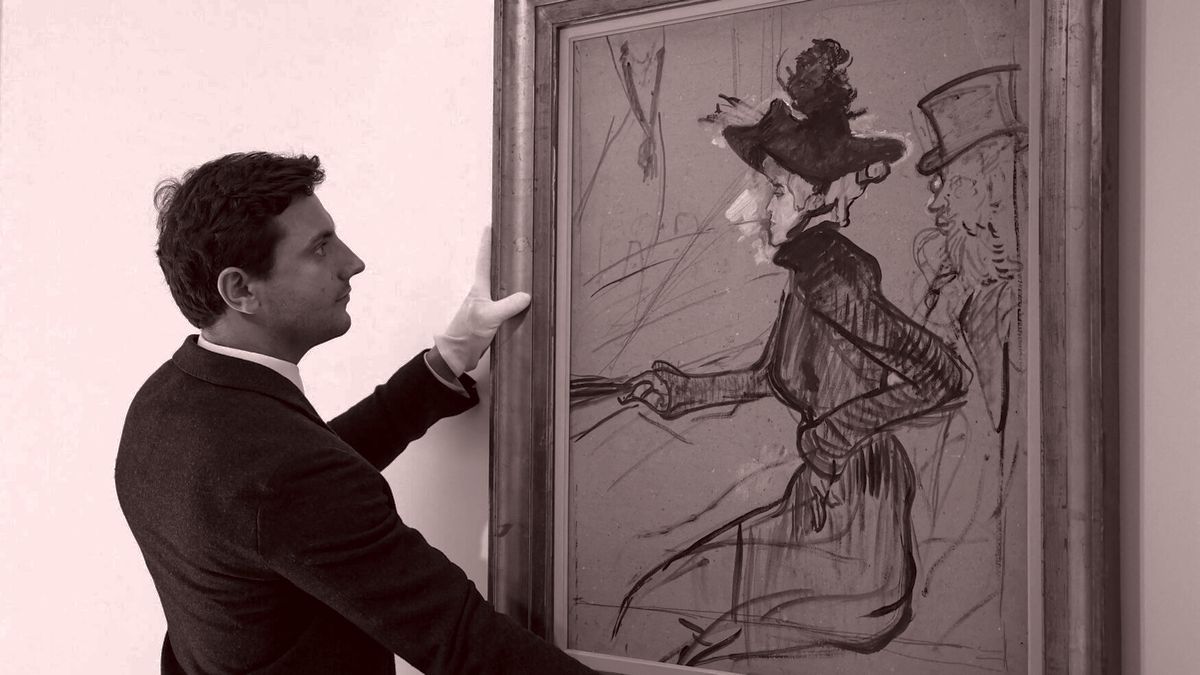Welcome back to Wall Power. I’m Marion Maneker. Things are beginning
to “hot up” in the art market.
Tonight, we’re going to look at what some recent sales in Paris can teach us about the mood of the market heading into the all-important May sales. It doesn’t look like dollar volumes are going to be big next month in New York, but there’s real evidence of an appetite for art. I’ll go into more detail below the fold.
I also want to thank the many folks who got in touch last week and shared their thoughts about the upcoming season as the auction houses
continue chasing property. If you want to get your opinion recorded (anonymously), just hit reply to this email, or text me at 917.825.1391 on SMS, Signal, or WhatsApp. Are you looking to buy for yourself or a client? Are you sitting on the sidelines keeping your powder dry? Or have certain political choices and subsequent market shocks put you off art entirely? Let me know.
|
|
|
A MESSAGE FROM OUR SPONSOR
|
|
|
Before we get to Paris, here’s Julie on Italy…
|
|
|

|
Julie Brener Davich
|
|
Ceramics at
Salone del Mobile
|
Loewe’s presentation at Salone del Mobile 2025. Photo: Courtesy of Loewe
|
Salone del Mobile, the world’s largest furniture and design fair, wrapped up today after
six days in Milan. Among the 2,000 exhibitors, spanning 20 pavilions, were a handful of fashion brands, including Loewe, The Row, La DoubleJ, and Marimekko, which launched a line of bedding with the artist Laila Gohar.
Loewe began exhibiting at Salone in 2016, the same year the Loewe Foundation launched its €50,000 Craft Prize. In their debut, they exhibited oak and leather furniture; in later years, they showed blankets, baskets, weaving techniques, stick chairs, and
artist lamps. At this year’s fair, the brand staged a dramatic exhibition—the last organized under the leadership of Jonathan Anderson—of contemporary teapots by 25 artists from 10 countries, including Simone Fattal, who crafted a black marbleized body with a woven handle; Edmund de Waal, who added a silver handle to his
signature sleek white forms; and Naoto Fukasawa, who covered his teapot in dainty white flowers.
Of course, Anderson’s commitment to craft and crafters is well known, along with his particular affinity for ceramics. Inspired by his grandfather, a ceramics collector, he built up his own collection, gravitating toward U.K. artists Lucie Rie, John Ward, Jennifer Lee, and Sara Flynn. He even incorporated
ceramics into his designs for Loewe’s A/W 2020 collection, sending dresses with ceramic breastplates down the runway. Now that he’s taking this passion for craft to Dior, we’ll see whether his successors at Loewe, Jack McCollough and Lazaro Hernandez, will continue his commitment when they start tomorrow.
|
Object Lesson: Micro-Mosaics
|
Francesco de Poletti, 19th century micro-mosaic, mounted on a gold-and-ruby box by
Nicolas Lecoufle. Photo: Courtesy of Koopman Rare Art
|
These days, when tourists go to Italy, they come back with Gucci or
Prada. During the Renaissance, noblemen on the Grand Tour brought back micro-mosaics, inlaid on small boxes or jewelry. I saw this intricate art form on display during my recent trip to TEFAF Maastricht, in grand scale on a tabletop and small scale on gold boxes at Koopman Rare Art—including one particular micro-mosaic on a bejeweled box, measuring just 9.5 by 6.6 centimeters and available for £80,000.
The mosaic technique originated in ancient Rome (think Pompeii), but didn’t become
“micro” until the 18th century, when two mosaicists in the Vatican’s workshops shrunk down the tesserae, or tiles, that were used to compose the designs. These tiles measure only a few millimeters in size, and were made from glass, enamel, or stone. Their oblong shape makes them look like tiny brushstrokes. And the process of actually assembling the mosaics, as you can see from this
video, is quite laborious.
The micro-mosaic designs depicted religious themes, historical events, or famous works of art. The example at Koopman from 1809-19 shows the three Fates and Father Time. Collectors of these objects once ranged from members of the imperial Russian court (one of the best collections of micro-mosaics in the world is at the Hermitage) to the Pope himself.
The value of the object at Koopman is determined, in part, by the quality and maker of the mosaic. In
this case, we’re talking about Francesco de Poletti, one of the most important of the Roman micro-mosaicists; others include Giacomo Raffaelli, Antonio Aguatti, and Gioacchino Barberi, though the works are usually not signed. Perhaps the best contemporary practitioner is Maurizio Fioravanti, who creates works like this
one (already sold to a discerning buyer). The other part of the value comes from the gold box it’s mounted on—the box in this instance bears the goldsmith mark of the Parisian Nicolas Lecoufle, who surrounded the mosaic with a border of rubies and decorated the sides with an intricate frieze
of bluebells and foliate.
Micro-mosaics often appear on the market in various forms at various price points, ranging from a few thousand to a couple hundred thousand dollars. Mosaic plaques, like this 18th century example by Raffaelli, can be set per the buyer’s preference—perhaps on a pendant
or box, or as wall art, like this pair of portraits handcrafted in the Vatican Mosaic Studio in the 20th century.
The studio still exists today, to conserve the Basilica mosaics and produce works for sale. The website says it can be visited by appointment. Or, if
you’re in London, go to the V&A to check out the Gilbert Collection, another of the world’s best collections of micro-mosaics.
|
|
|
A MESSAGE FROM OUR SPONSOR
|
|
|
Paul
Signac $7M Venice View at Sotheby’s in May
|
Paul Signac, Saint-Georges. Couchant (Venise) (1905), estimated at $7
million. Photo: Courtesy of Sotheby’s
|
A hundred and twenty years after it was painted, and 72 years since it entered a French
private collection, this Venice scene by Paul Signac will be offered at Sotheby’s with a $7 million estimate. Signac painted Venice scenes between 1904 and 1908. A companion to the Sotheby’s lot is the moodier Entrance to the Grand Canal, also from 1905, now held by the Toledo Museum of Art. The Sotheby’s painting was
acquired the year it was painted by artist and collector Gustave Fayet as one of a group of six paintings by Signac. The artist then borrowed the work for his seminal 1907 exhibition of ports and landscapes from around Europe that included six other Venice scenes.
Now, let’s look at what happened in Paris last week…
|
|
|
The Paris sales totaled about $100 million, with each house selling a
single-owner collection, and solid bidding for a range of artists. Maybe it’s easier for Europeans to spend money on art as the existing world order fades, but what does that signal for next month’s all-important May sales?
|
|
|
You might think that a week of unprecedented chaos and confusion in global markets,
caused by the naive attempts of amateur statesmen like Scott Bessent and Howard Lutnick to remake the global economy, would have a deleterious effect on the art market. And maybe it will. Our first real clues will emerge next month during the New York sales. Before then, though, we do have some interesting anecdotes from the sales in Paris, where the surprisingly encouraging results suggest that an art market recovery is gaining momentum.
Across seven
sales at Sotheby’s and Christie’s—including a single-owner auction at each house—€88.5 million, or about $100 million, was spent, with 58 percent of the volume selling through Christie’s and 42 percent through Sotheby’s. These market share numbers still favor Christie’s, but the market share gap is much narrower than what we saw in London and Hong Kong. Whether Sotheby’s can continue to close the gap in New York remains to be seen, but I am sure there will be a lot of eyes on that
issue.
In the meantime, let’s look at some of the eye-catching sales in Paris. (Don’t get too excited: These are not major sales. But they could still be telling.) The top lot among the sales was a Henri de Toulouse-Lautrec portrait of Jane Avril seated on a Japanese divan, which is a sketch for one of the artist’s most famous images. The work was
estimated at €2.5 million and sold for €5.3 million ($6.04 million), which places it among the top 10 prices paid for Toulouse-Lautrec at auction.
These numbers play a role in advancing the markets of particular artists; Toulouse-Lautrec is thinly traded, and these sales remind us that there is growing interest in historical works. At Sotheby’s, a minor Paul Cézanne painting estimated at around $1 million sold for almost $1.9 million. And a Gustave
Caillebotte, Marronnier rose, plaine d’Argenteuil, from 1883, was estimated at only €350,000 but sold for nearly €1.6 million ($1.82 million). Another surprise at Sotheby’s was the tabletop Alberto Giacometti Femme debout that was part of the
Niomar Moniz Sodré Bittencourt estate and was estimated at €2.5 million, only to sell for €4.9 million ($5.6 million). Not all historical works were bid up. A minor Henri Matisse was offered at €2 million, the same price it sold for six years ago, but had to be
sacrificed at a compromise price of €2 million with fees. The work had declined by 20 percent in value.
|
|
|
Meanwhile, over at Christie’s, another Caillebotte was offered at €2 million with a
third-party backer, and was bid up to a selling price of €2.7 million ($3.1 million). That might not impress you when you learn that the top price for a Caillebotte at auction was $53 million. But consider that the minor picture at Christie’s still achieved a price that would place it at number 21 among Caillebotte’s all-time top auction prices.
More broadly,
there was a fair bit of action in the market for Pierre-Auguste Renoir. Christie’s sold one of the artist’s nudes from the collection of Henri Canonne, offered at a €500,000 estimate, for €1.6 million ($1.8 million). That wasn’t even Canonne’s best Renoir. La Leçon d’écriture, from 1905, was estimated at €2 million and sold for
€2.4 million ($2.7 million). Some other Renoirs, higher-value and minor ones, failed to find buyers. But several Renoir works up and down the price scale saw aggressive bidding. Take a look at this,
this, and this, all at Sotheby’s, or
this one at Christie’s. A small Pierre Bonnard from the Canonne collection was estimated at €350,000 and sold for a bit more than €600,000. And, of course, there were a number of works by Marc Chagall from the
estate with very attractive estimates that found buyers.
|
Bidding
Bumps Break Out All Over
|
It wasn’t only impressionists and early moderns who saw bidding bumps. Russian-born
French painter Nicolas de Staël was the subject of a major retrospective in Paris in late 2023, and interest from that show is clearly still present in the background of the market. The five de Staël canvases offered in these sales all sold above their estimates, with this Bittencourt lot
at Sotheby’s going for €889,000 against an estimate of €300,000. And this evening sale lot called Composition that sold for €725,000 with fees, despite a €400,000 estimate. At Christie’s, a tiny beach landscape—these
are his best works, if you ask me—was estimated at €150,000 but sold for €350,000. The painting is the size of a postcard.
Andy Warhol, meanwhile, put up some surprising numbers. An all-blue 14-inch Flowers painting from 1964 was estimated at Sotheby’s for €200,000 but sold for nearly €1 million ($1.14 million). And that’s not all. Four 11-by 14-inch works from 1983 were all estimated at €100,000, and all sold for prices around
€250,000.
Eight of nine Alighiero Boetti works offered in these sales sold, reaching prices well above expectations—the most expensive of them being an untitled embroidery work consisting of nine canvases, one spelling out Segno e disegno, which was estimated at €550,000 but sold for €750,000 ($855,000) with fees. Nine Lucio Fontana works were offered, with three small slash paintings all selling above their estimates, including a white
single-slash painting estimated at €600,000 that sold for nearly €1.2 million ($1.37 million). Several other small works by Fontana sold for premium prices of more than double their five-figure estimates. Jean Dubuffet, also with nine works on offer, saw some bidding battles, like for
this 1950 work, Sang et Feu, which was estimated at €1 million and sold for €1.6 million ($1.82 million). A Dubuffet work on paper also did exceptionally well, selling by more than double the estimate.
Similarly, in Christie’s
20/21 evening sale, Max Ernst’s Nuit claire, from 1943, was offered at €500,000 but sold for nearly €1 million ($1.1 million). Two works by Kazuo Shiraga were sold: A bright red painting titled Shusen had a €400,000 estimate but sold for €1 million with fees, and a nearly monochrome off-white painting titled Rakushi was
sold for €465,000. Two works by Josef Albers were offered at similar estimates, around €200,000, and both sold for premium prices in the €300,000 range. And at Sotheby’s, Spanish painter Antonio López García had a
work estimated at €80,000 sell for nearly €500,000.
|
I hope that gives you some things to mull over these next four weeks as we ramp up
toward the May sales. I’m sure there will be plenty more nail-biting moments before we get there.
Until then, I’ll speak with you again on Tuesday.
M
|
|
|
The ultimate fashion industry bible, offering incisive reportage on all aspects of the business and its biggest
players. Anchored by preeminent fashion journalist Lauren Sherman, Line Sheet also features veteran reporter Rachel Strugatz, who delivers unparalleled intel on what’s happening in the beauty industry, and Sarah Shapiro, a longtime retail strategist who writes about e-commerce, brick-and-mortar, D.T.C., and more.
|
|
|
Need help? Review our FAQ page or contact us for assistance. For brand partnerships, email ads@puck.news.
You received this email because you signed up to receive emails from Puck, or as part of your Puck account associated with . To stop receiving this newsletter and/or manage all your email preferences, click here.
|
Puck is published by Heat Media LLC. 107 Greenwich St, New York, NY 10006
|
|
|
|



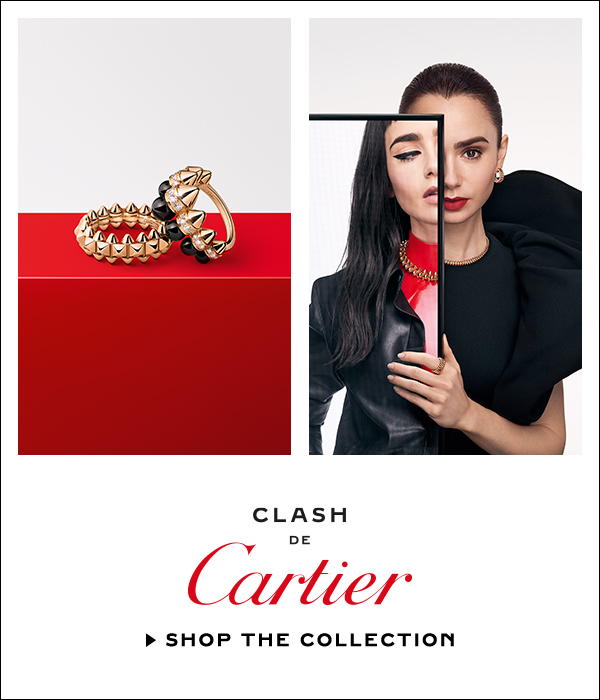
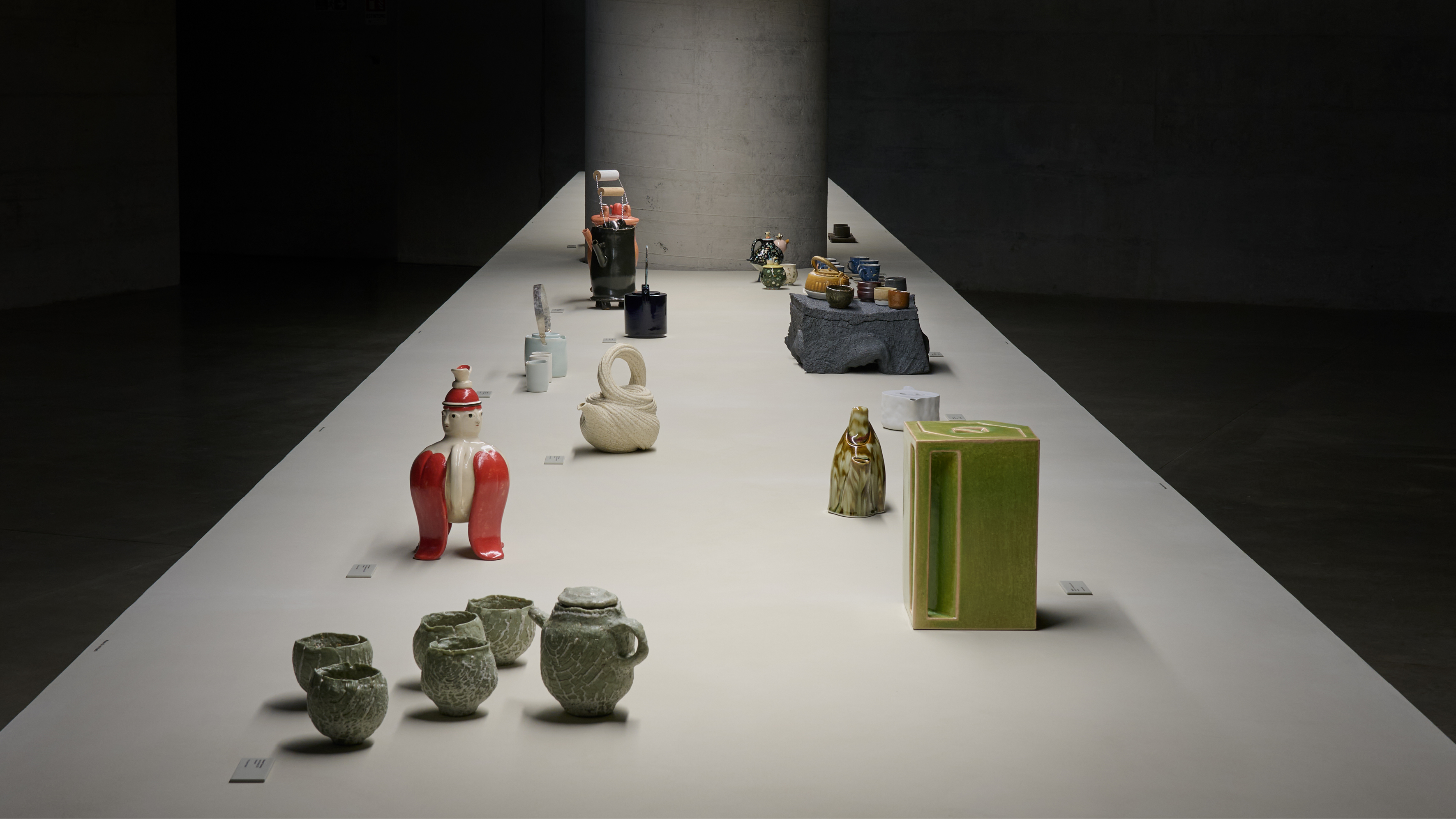
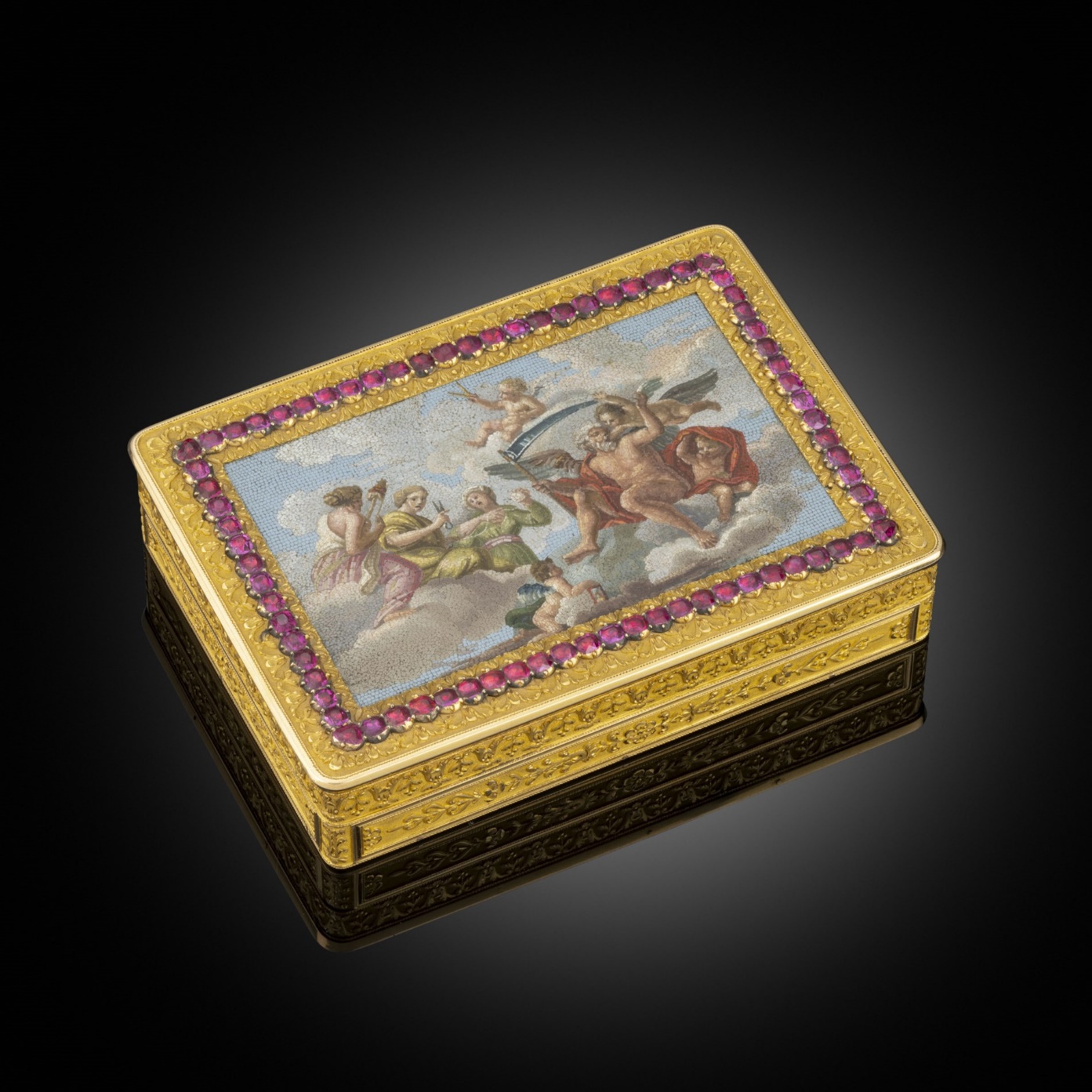

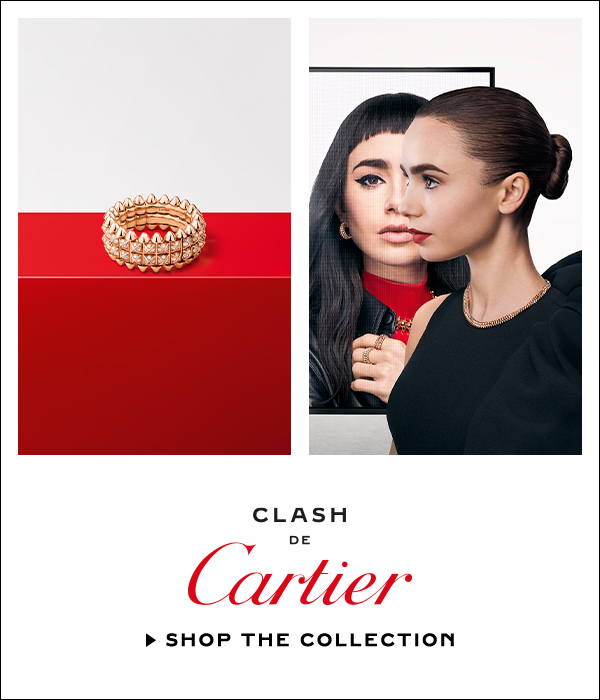
,%20_01JRR70PM4FXMFJMBZVQW6WZG2.jpg)
